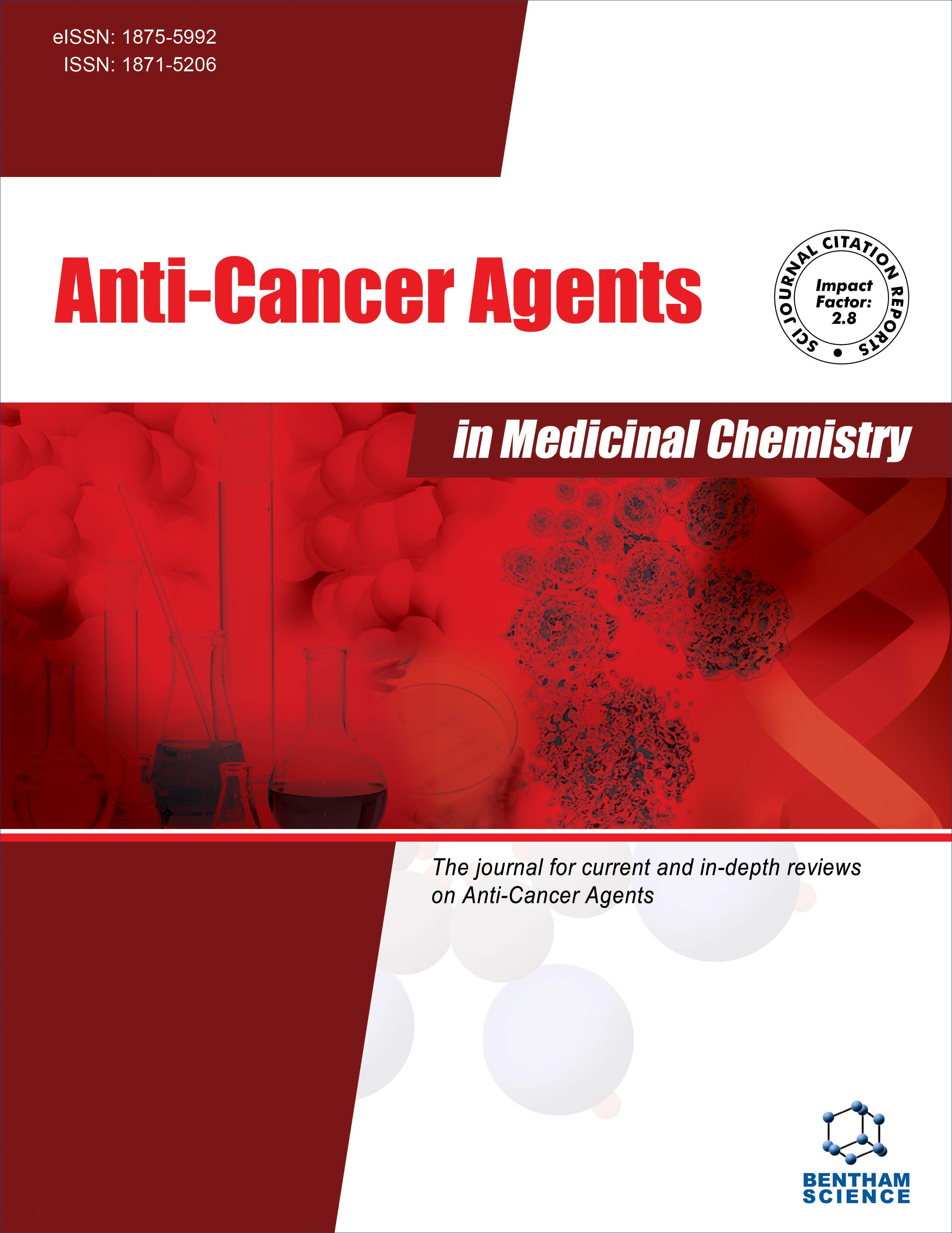
Full text loading...
Liver fibrosis represents a serious risk to global health by impairing quality of life and elevating the chances of hepatocellular carcinoma, while the intricate role of autophagy can either alleviate or worsen fibrosis depending on its functioning.
Herein, we aimed to investigate the therapeutic effect of chlorogenic acid in CCl4-induced hepatic fibrosis and explored the autophagy pathway as the possible molecular target of chlorogenic acid.
Rats were injected with carbon tetrachloride (1ml/kg) to induce liver fibrosis for 10 weeks. In the current study, the liver fibrosis rats were treated daily with chlorogenic acid (20, 40, and 60 mg/kg) for 30 days. Liver function tests, renal function tests, lipid peroxidation, antioxidant enzyme, anti-inflammatory NF-κB level, and autophagy pathway parameters (PI3K, AKT, mTOR, LC3, and Beclin-1) were assessed.
CCl4 elevated serum AST and ALT activity, and hepatic malondialdehyde, PI3K, AKT, and mTOR expressions. It decreased LC3, Beclin-1 expression, and hepatic glutathione level. The results indicated that chlorogenic acid treatment ameliorated the hepatic functions. It declined serum AST and ALT activities, improved hepatic GSH concentration, decreased lipid peroxidation, and downregulated PI3K, AKT, and mTOR protein expressions in hepatic tissue. Moreover, chlorogenic acid increased the hepatic expression of LC3 and Beclin-1. It also significantly decreased NF-kB expression.
Chlorogenic acid showed promise in reducing liver damage in rats caused by CCl4 by influencing the autophagy process and adjusting levels of antioxidant and inflammatory markers.

Article metrics loading...

Full text loading...
References


Data & Media loading...

